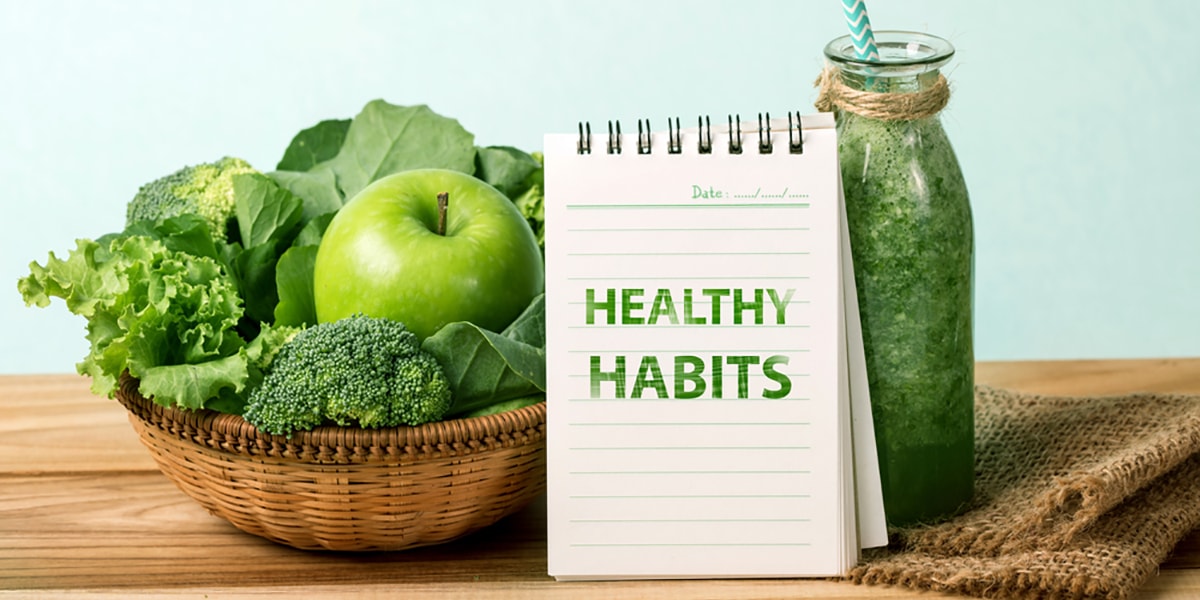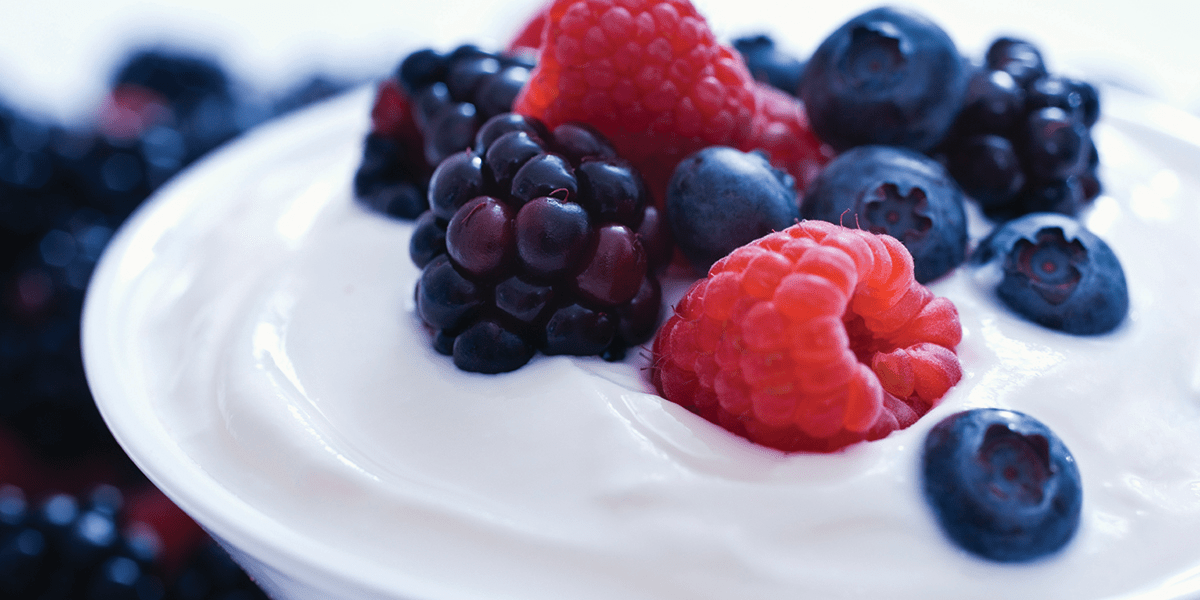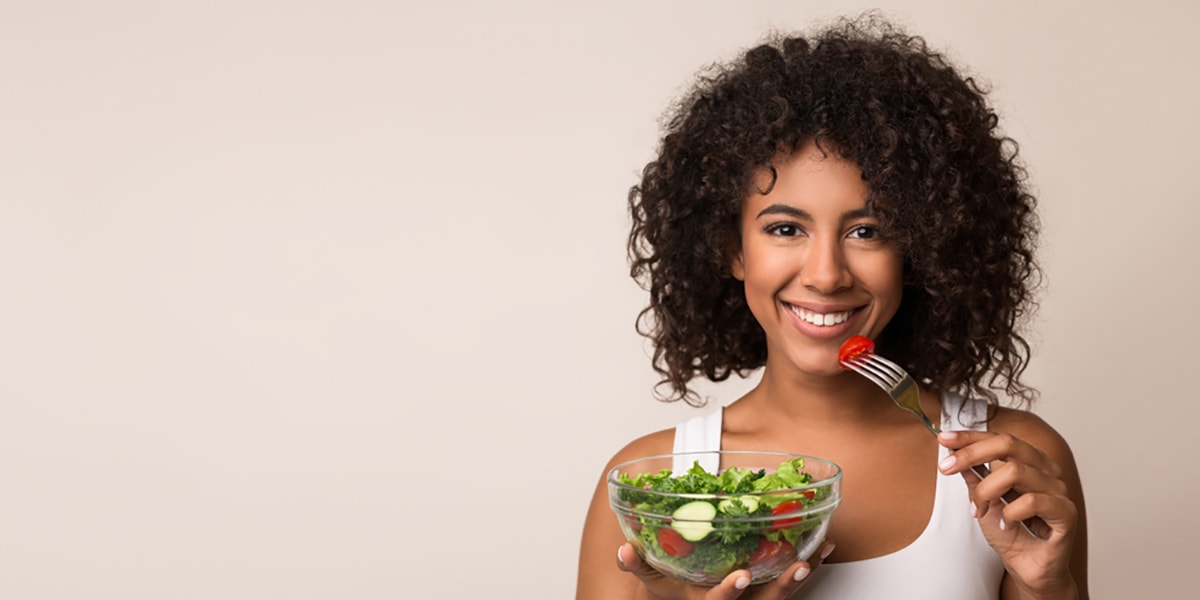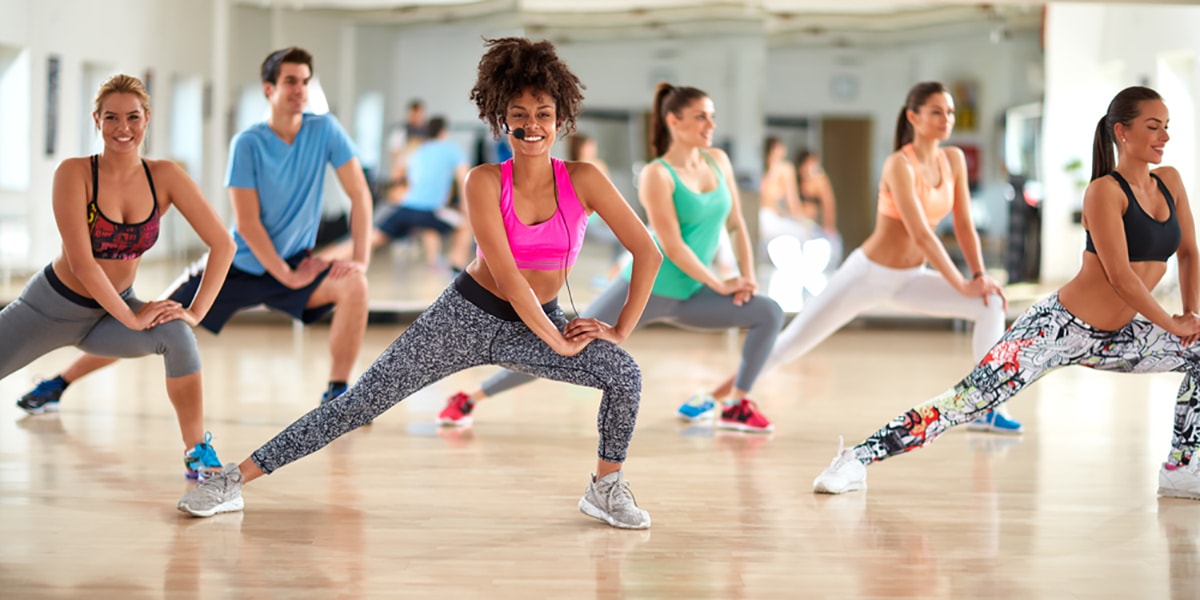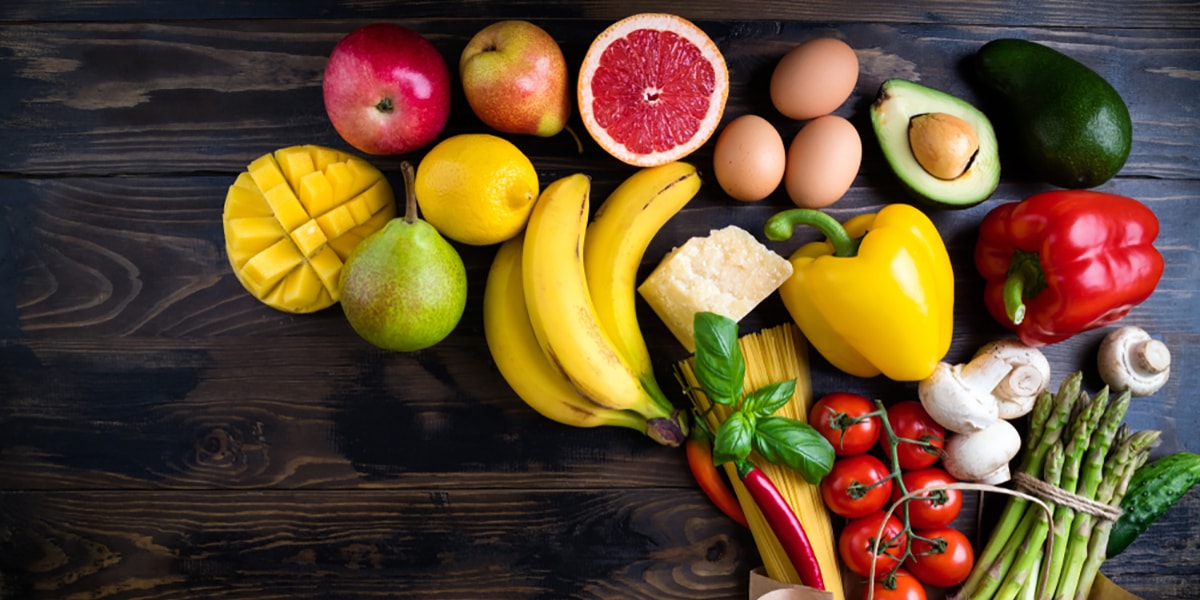[vc_row][vc_column][/vc_column][/vc_row][vc_row][vc_column width=”1/6″][/vc_column][vc_column width=”2/3″][vc_column_text]Put together a number of beliefs, develop a strategy for putting those ideas into practice, and you have a new habit. You possess the power to change. Here are some ideas to make that happen.
- Believe in yourself. Don’t feel trapped by self-imposed limits. Decide on the habits you’re going to change and remove your doubts. When you firmly believe you will succeed, you make success happen.
- Visualize success. It’s pretty amazing how much emotion you can generate and how motivating visualization can be. Here’s a powerful example. Let’s say your new habit is a physical fitness routine. Visualize yourself running. Hear your footsteps on the pavement, feel the breath in your nostrils and lungs, see the vivid color of the environment through which you’re running, and smell the fresh air. When the whole image is this real, you understand that your habit is truly achievable.
- Be the new you. Do not just ‘want’ to reach your goal some vague time in the future, but think in terms of already attaining it. In your mind, use language that makes you certain that your new habit is real. “I am strong and fit.” And start now, in the present tense, not next Monday. Procrastination is the enemy of positive change.
- Be strategic in making your new habit come to life. For our fitness example, execute strategies like these:
- Get up early. Set the alarm 45 minutes ahead of your normal wakeup to make time for exercise.
- Make appointments with yourself to work out. Pick your days and times and put them on your calendar.
- Put out your athletic clothes the night before so they’re ready to go in the morning.
- Affirm yourself. After every workout, thank yourself for exercising and taking care of your body. And be grateful for the attention that others pay you. Your more vibrant, happier self will be appreciated by everyone around you. That reality will help further fuel positive change and more healthy new habits.
At Full Circle Market, we love fresh ideas for living right.[/vc_column_text][/vc_column][vc_column width=”1/6″][/vc_column][/vc_row][vc_row el_id=”news-page-list”][vc_column][vc_empty_space][vc_custom_heading text=”See More” font_container=”tag:h2|text_align:center” google_fonts=”font_family:Shadows%20Into%20Light%3Aregular|font_style:400%20regular%3A400%3Anormal”][vc_empty_space][vc_basic_grid post_type=”post” max_items=”2″ element_width=”12″ orderby=”rand” item=”8536″ grid_id=”vc_gid:1557890278227-ec1da0f3-7227-9″ taxonomies=”28″ el_class=”news-grid”][vc_empty_space][/vc_column][/vc_row]
